7 Sizzling Secrets of African Traditional Food That Will Spice Up Your Life!
Welcome to a flavorful journey across the vast and vibrant continent of Africa — where every bite tells a story, and every dish carries generations of tradition! If you're a spice enthusiast or just someone who appreciates bold flavors and cultural richness, you're in for a treat.
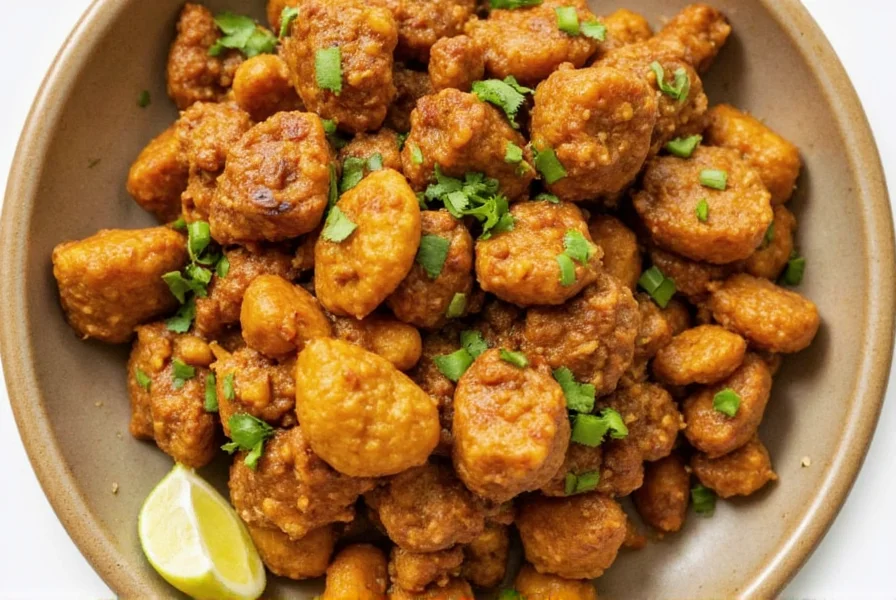
Table of Contents
- Why African Traditional Food Deserves a Spot on Your Plate
- 5 Must-Try Dishes from African Traditional Cuisine
- Spice Blends That Define Regional Flavors
- Your Ultimate Buying Guide: Where and How to Find Authentic Ingredients
- Pro Tips & Tricks for Cooking Like an African Home Chef
- Putting a Modern Twist on Tradition
- Cultural Significance Behind Each Dish
- Final Thoughts: Embrace the Spice, Honor the Culture
Why African Traditional Food Deserves a Spot on Your Plate
African traditional food is often underestimated outside of the continent, but it’s one of the most diverse and aromatic culinary heritages in the world. From North African tagines infused with saffron and cumin to West African stews bursting with heat and umami, each region has its own unique flavor profile shaped by geography, trade, and centuries of cultural exchange.
The secret? It's all in the spices.
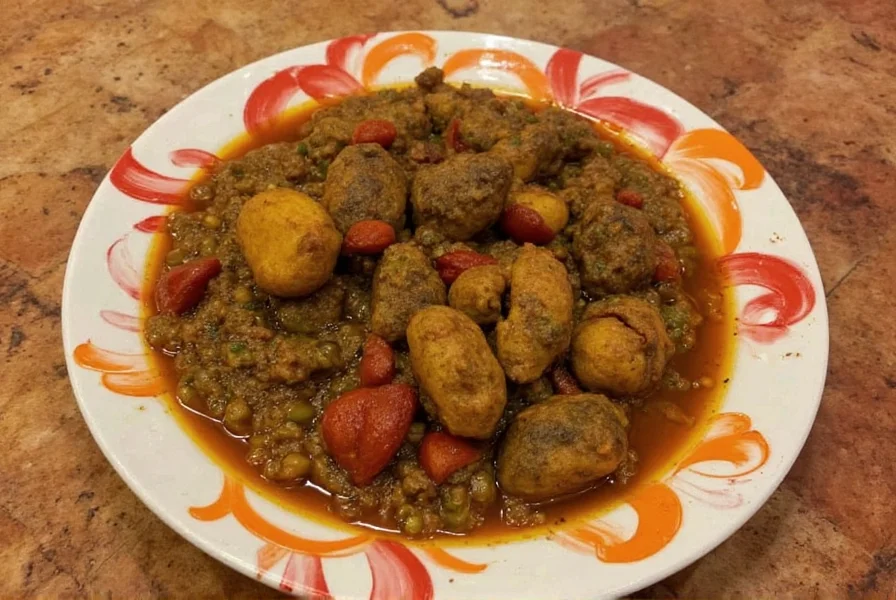
More Than Just Flavor
In many African cultures, cooking isn't just about feeding the body — it's a celebration of identity, community, and history. Meals are often shared communally, served from a single large platter, symbolizing unity and hospitality.
| Region | Signature Spices | Dish Example |
|---|---|---|
| West Africa | Grains of Paradise, Scotch Bonnet, Thyme | Jollof Rice |
| East Africa | Clove, Cardamom, Cinnamon | Pilau |
| North Africa | Harissa, Ras el Hanout, Sumac | Couscous |
| Southern Africa | Paprika, Coriander, Garlic | Bobotie |
5 Must-Try Dishes from African Traditional Cuisine
If you’re new to African traditional food, here are five dishes that will give you a crash course in flavor, culture, and the power of spices:
- Jollof Rice (Nigeria/Ghana): The ultimate spicy, tomato-based rice dish that sparks national pride debates!
- Couscous (Morocco/Tunisia): A staple grain served with meat, vegetables, and fragrant spices.
- Injera with Doro Wat (Ethiopia): A tangy sourdough flatbread served with fiery chicken stew.
- Bobotie (South Africa): Ground meat spiced with curry powder and baked under a custard topping.
- Pilau (Kenya/Tanzania): An aromatic rice dish cooked with beef, cardamom, and cloves.
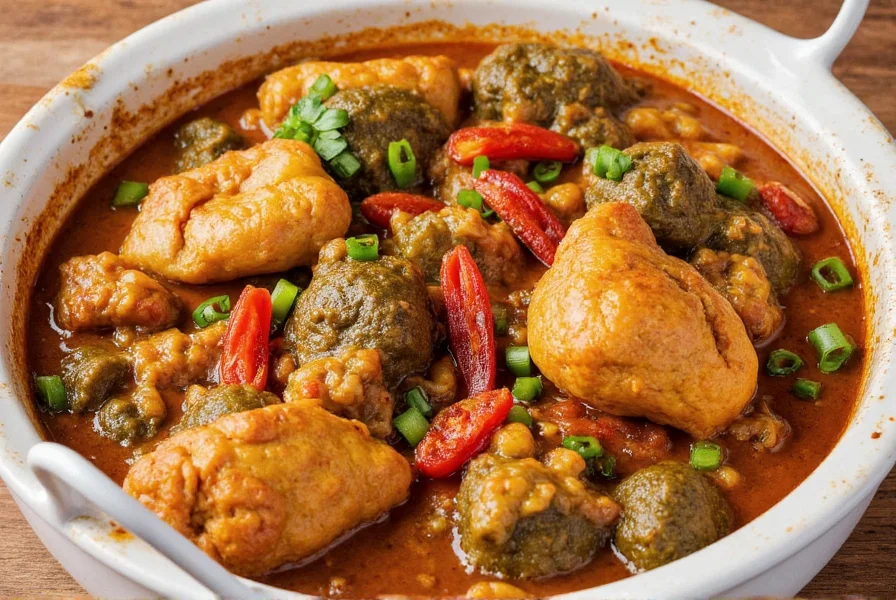
Spice Blends That Define Regional Flavors
One of the defining features of African traditional food is the use of regional spice blends. These mixtures are more than just seasonings — they’re culinary signatures passed down through families.
Ras el Hanout (North Africa)
Meaning “top of the shop,” this luxurious blend can contain over 30 spices, including cumin, cinnamon, allspice, and nutmeg. Used in tagines and couscous, it adds warmth and complexity.
Groundnut Soup Spice Mix (West Africa)
This blend typically includes dried shrimp, ginger, chili, and smoked paprika. Perfect for making rich peanut stews like mokek or groundnut soup.
Masala Pilau Mix (East Africa)
A ready-to-use blend for making pilau rice. Contains cardamom, cloves, black pepper, and bay leaves. Simply fry in oil before adding rice and water.
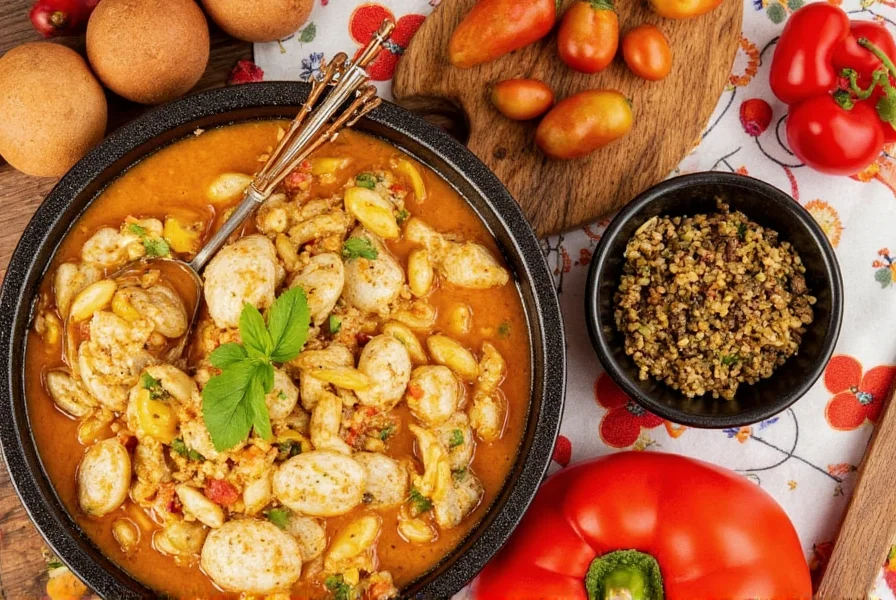
Your Ultimate Buying Guide: Where and How to Find Authentic Ingredients
Cooking African traditional food at home doesn’t have to be difficult — especially when you know where to look. Here’s your cheat sheet to sourcing the best spices, grains, and specialty items:
Where to Buy
- African Grocery Stores: Look for markets run by local communities — they carry the freshest and most authentic products.
- Online Retailers: Sites like Amazon and Etsy offer curated spice blends, while specialty stores like Afrikrea and African Bazaar ship worldwide.
- Supermarkets: Many mainstream stores now stock staples like harissa paste, chickpea flour, and canned palm oil.
Key Products to Add to Your Pantry
| Product | Description | Best For | Occasion |
|---|---|---|---|
| Harissa Paste | Spicy chili paste made with roasted red peppers and spices | Tagines, stews, marinades | Weeknight meals, grilling nights |
| Ras el Hanout | Complex spice blend from Morocco | Couscous, lamb dishes | Special dinners, holidays |
| Moringa Powder | Nutrient-rich green powder from dried moringa leaves | Smoothies, soups, stews | Health-focused meals |
| Locust Bean Powder (Dawadawa) | Fermented protein source used as a seasoning | Stews, sauces | Authentic West African dishes |
| Candlenuts | Oily nuts used for thickening sauces | Indonesian and East African dishes | Curries and braises |
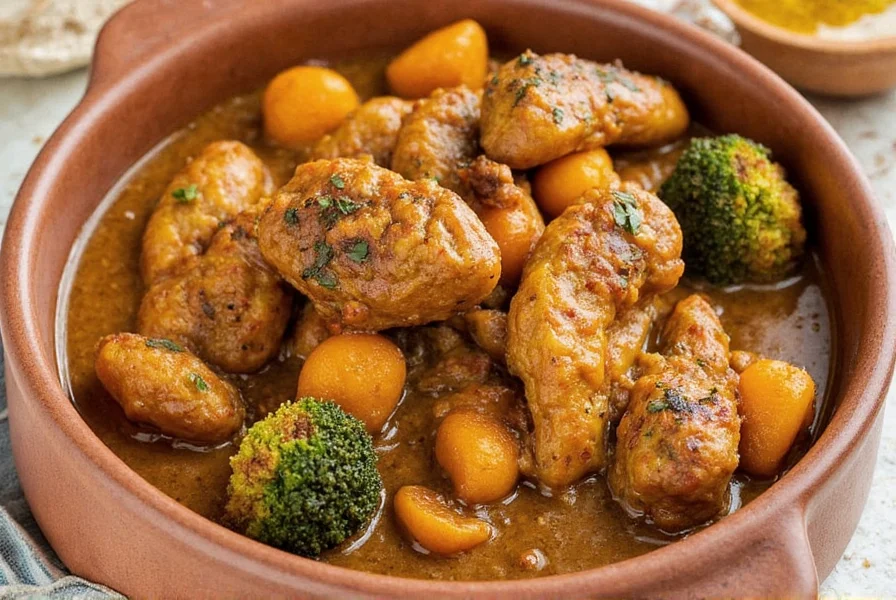
Pro Tips & Tricks for Cooking Like an African Home Chef
Ready to dive into the kitchen? Here are some expert tips to help you nail those complex flavors without burning your tongue or losing your patience:
- Toast Your Spices First: Dry roasting spices enhances their aroma and deepens flavor — especially true for cumin and coriander seeds.
- Balance Heat with Sweetness: Use dates, honey, or dried fruits to temper the heat in spicy dishes.
- Let Stews Rest Overnight: Many African dishes taste better the next day after the spices have had time to meld together.
- Use Fresh Chilies When Possible: Scotch bonnet and birdseye chilies bring unmatched brightness to West African cooking.
- Add Acid Before Serving: A splash of lime or vinegar right before eating brightens up heavy, spiced dishes.
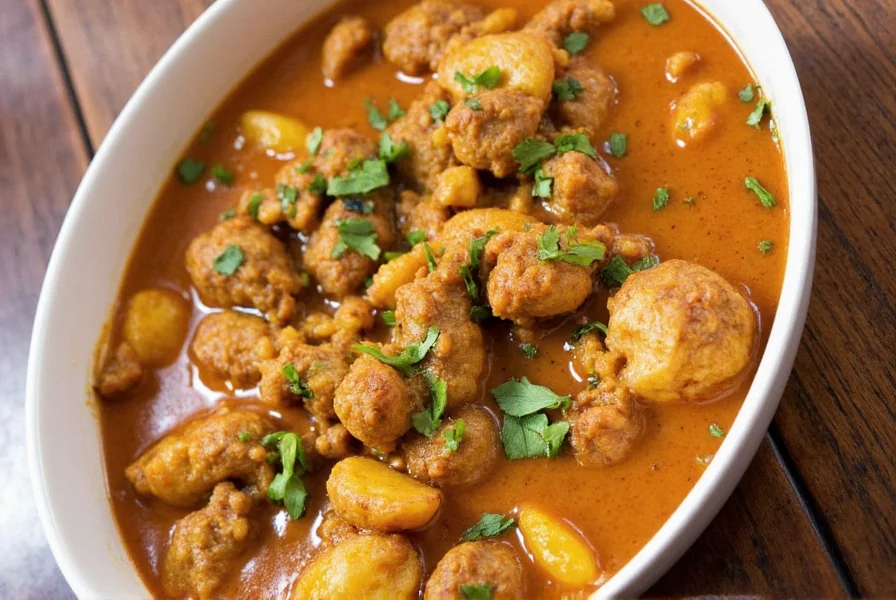
Putting a Modern Twist on Tradition
You don’t have to stick strictly to tradition to enjoy African flavors. Here are a few fun ways to give classic dishes a modern spin:
- Turn Jollof Rice into a rice bowl with grilled chicken, avocado, and mango salsa.
- Make mini Couscous Croquettes for appetizers or party bites.
- Create a fusion burger using Pilau-spiced beef patties.
- Swap out bread in sandwiches for toasted Injera for extra tanginess.
Cultural Significance Behind Each Dish
Food in African culture is deeply symbolic. Each ingredient and cooking method reflects the land’s history, spirituality, and communal values.
- Shared Plates: Eating from one dish signifies unity, trust, and respect among family and friends.
- Hand Washing Rituals: In many households, guests wash their hands before and after meals — a gesture of cleanliness and gratitude.
- Offering First Bites: Elders are often given the first portions as a sign of respect and acknowledgment.
- Hospitality: Guests are treated like royalty — no matter the occasion, there’s always enough food to go around.
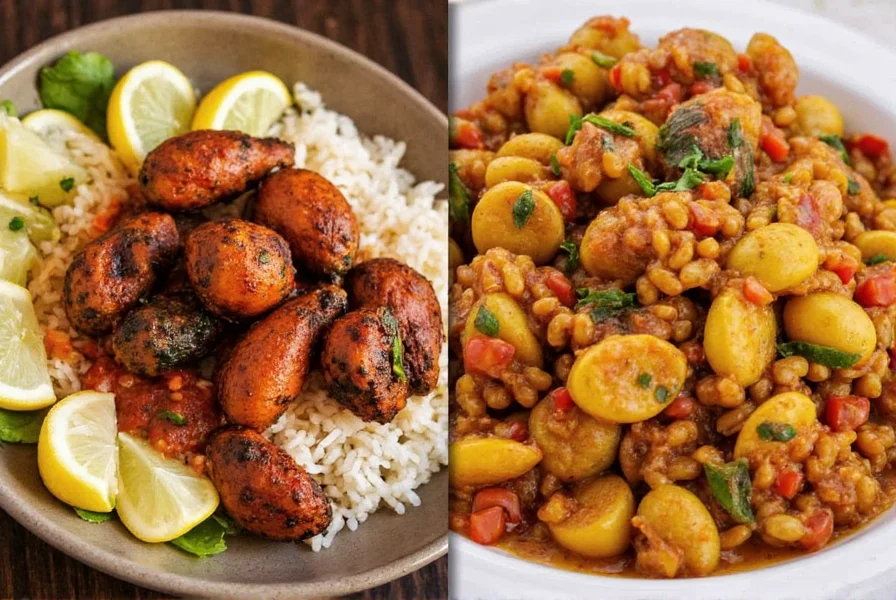
Final Thoughts: Embrace the Spice, Honor the Culture
African traditional food isn’t just about the heat or the herbs — it’s about connection, celebration, and the joy of sharing. Whether you're whipping up a quick pot of spiced lentils or hosting a full-on couscous feast, remember that every spice you add comes with centuries of stories behind it.
So grab your ladle, warm up your pots, and let your kitchen become a bridge between continents and cultures. Happy cooking!
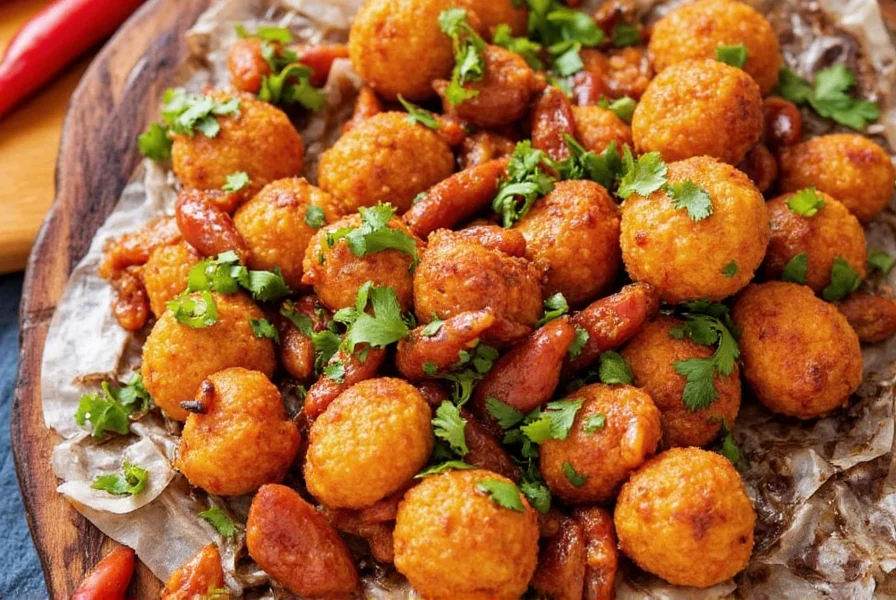

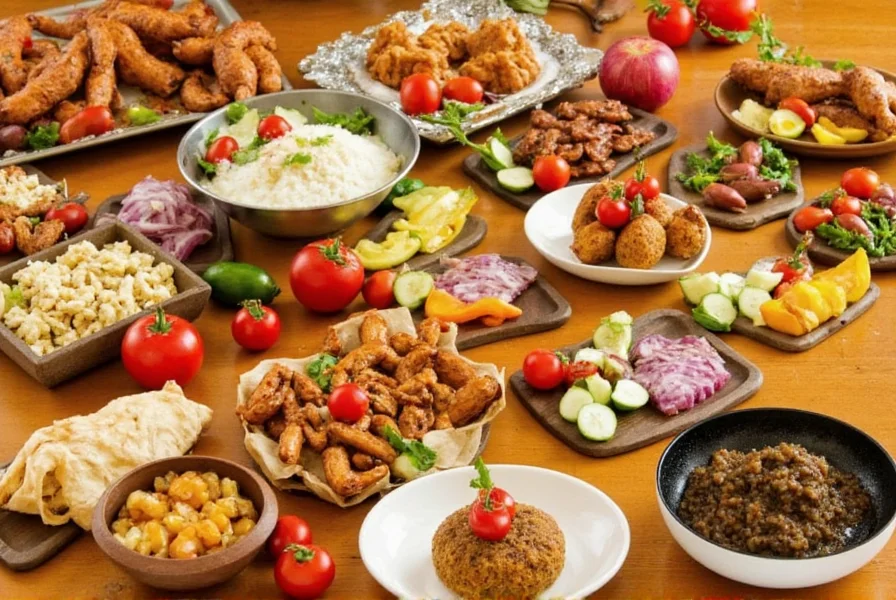









 浙公网安备
33010002000092号
浙公网安备
33010002000092号 浙B2-20120091-4
浙B2-20120091-4